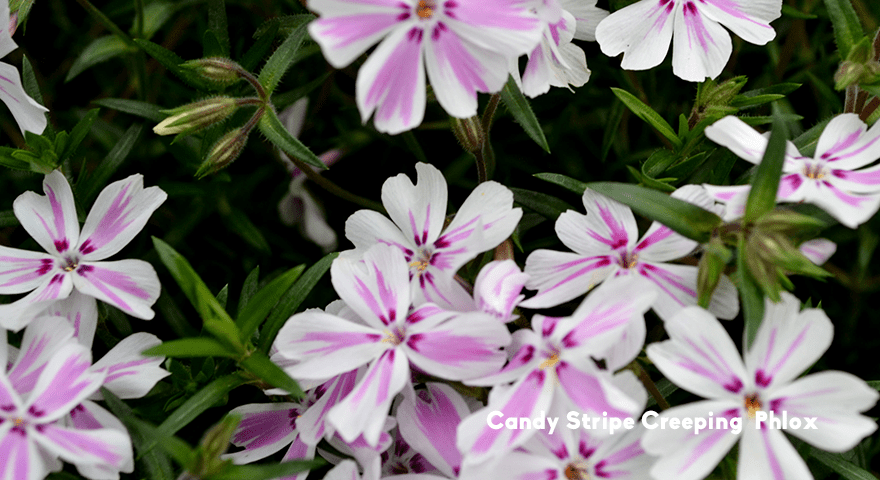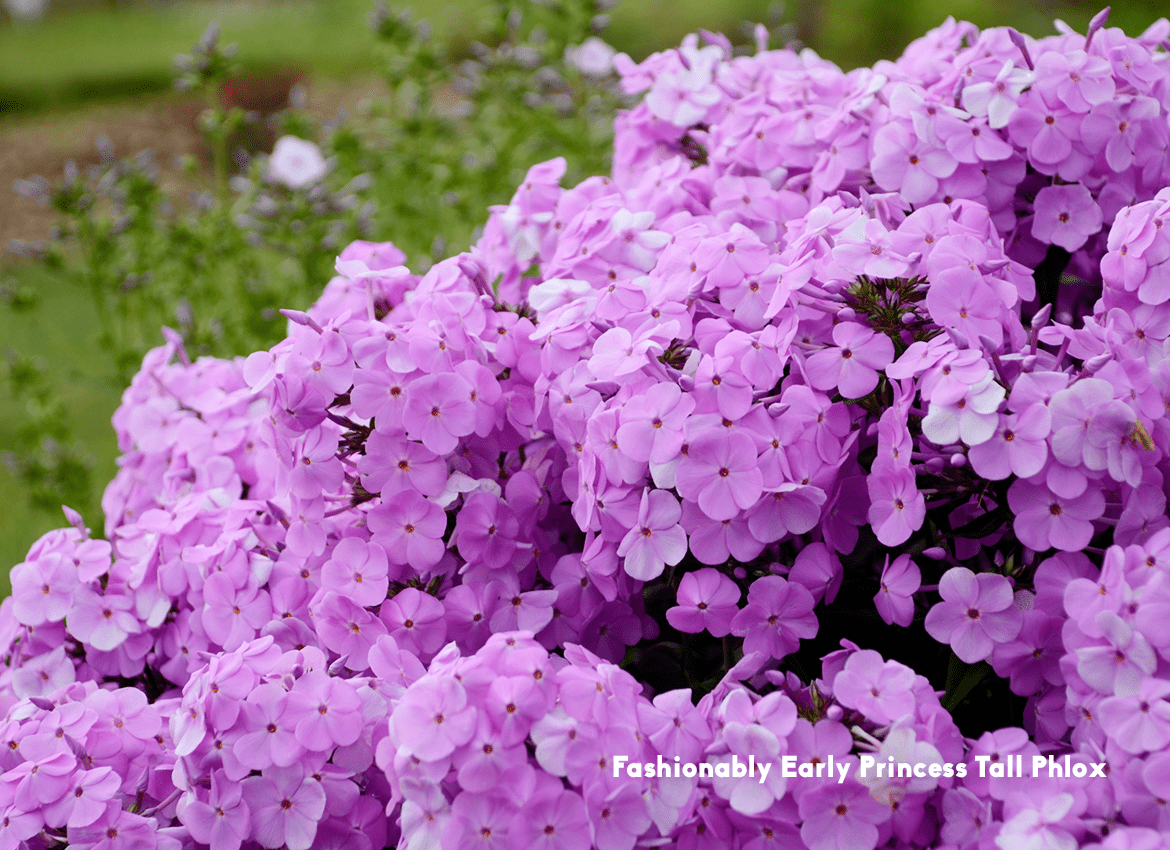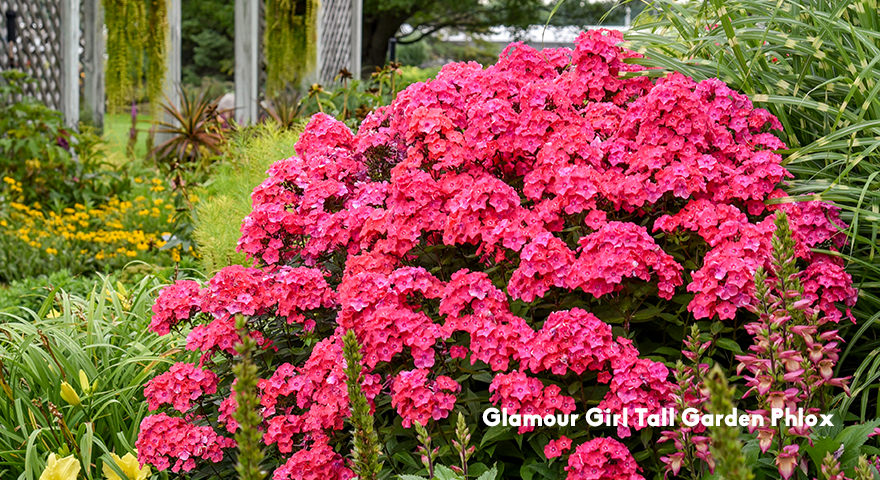Outdoor Plants, Spring, Summer
Growing Phlox
July 18, 2022
Phlox is one of the most popular and versatile garden perennials because it works in so many areas throughout your garden. Their long-lasting blooms make them a favourite flowering perennial enjoyed by gardeners and pollinators. They are easy-to-grow, delightfully fragrant, and adaptable plants that the National Garden Bureau named the perennial of the year for 2022.
Types of Phlox
Phlox is a North American native, originally found in woodlands, meadows, and prairies. Today, a wide variety of colourful options are available due to careful cultivation over the years. They are very low-maintenance plants that come in over 60 species, including low ground cover and towering floral giants.
LOW GROWING OR CREEPING PHLOX
These are early spring-blooming species and are an excellent ground cover plant that, while in bloom, will provide a carpet of flowers. They are a wide-spreading variety, will adapt well to sloped environments, and are a perfect border plant.
TALL PHLOX
These are the most popular variety and are often referred to as Garden Phlox with their dense green foliage and brilliant blooms. Their tall mid-summer blooms provide the perfect backdrop for garden beds and are an excellent pollinator that attracts butterflies. They are also ideal for fresh-cut bouquets with their large fragrant flowers.
WHERE TO PLANT PHLOX FOR BEST RESULTS
Phlox will thrive in full sun but can also tolerate partial shade if planted in fertile, moist, well-drained soil. Creeping varieties will adapt well to shady areas within your yard.
As a perennial plant, Phlox require little maintenance to return year after year. Phlox prefers well-drained enriched soil. It will benefit from added compost, bark, or mulch to keep the soil from drying out and allow the flower beds to retain as much moisture as possible.
WATERING AND FERTILIZING
Phlox will thrive in high humidity, be sensitive to drought, and suffer from extreme temperature changes. It is best to keep them well-watered when experiencing hot, dry weather.
Most Phlox plants do not require fertilizing, especially if they were initially planted in a well-nourished soil blend.
DEADHEADING TO ENCOURAGE MORE BLOOMS
Phlox plants typically do not require regular pruning. Still, they can benefit by removing the deadheads of spent flowers to encourage reblooming later in the season. They are self-seeding plants and will continue to spread their footprint each year.
DIVIDING
Once your Phlox plant is established and starts to spread over time, you will want to divide the plant every couple of years to keep it flowering well and healthy.
We invite you to visit any of our garden centres for various nursery plants, garden supplies, and seasonal plants. Our professional gardening experts can help you find the best products and plants for your garden.
SHARE THIS ARTICLE


